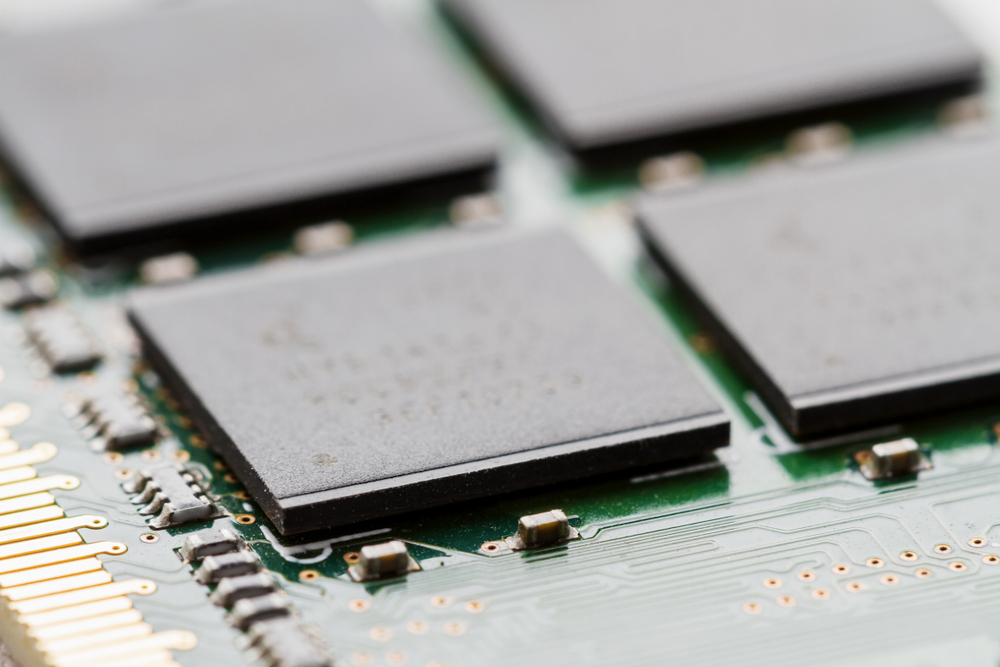Researchers have published details of a newly discovered side channel attack they have named RAMBleed
RAMbleed is the latest evolution of attacks building on Row Hammer that allow information in one area of physical memory to be influenced by access made to a different but nearby area of physical memory. Because Row Hammer and related methods are rooted in the physical hardware of the server, they transcend virtual machine and other software boundaries.
Unlike Row Hammer, which sought to flip bits in target memory, RAMBleed demonstrates a way to read areas of memory by deducing the value of the memory, one bit at a time. That may sound slow, but the researchers were able to demonstrate they could extract an RSA-2048 key from the root level SSH daemon on a target Linux system at a rate of about 3 bits per second.
RAMBleed is a complex attack, as it only works if the attacker is able to influence the placement of data within main system memory. The Researchers developed novel memory massaging technique to achieve this end (on Linux systems). Before the publication of RAMBleed it was widely considered that the error correcting ability of ECC memory meant that Row Hammer flipped bits would be corrected – however the researchers were able to demonstrate that they could observe and record the bit flips even after correction and so even ECC-corrected bit-flips have a security implication. As they explain in the paper:
This is because RAMBleed does not necessarily require the attacker to read the bit to determine if it has flipped. Instead, all the attacker requires for mounting RAMBleed is an indication that a bit in the sampling page has flipped (and subsequently corrected).
We have seen many times, that esoteric attacks dreamed up in research labs turn up in malware in the near future.



















“We were very impressed with the service, I will say, the vulnerability found was one our previous organisation had not picked up, which does make you wonder if anything else was missed.”
Aim Ltd Chief Technology Officer (CTO)